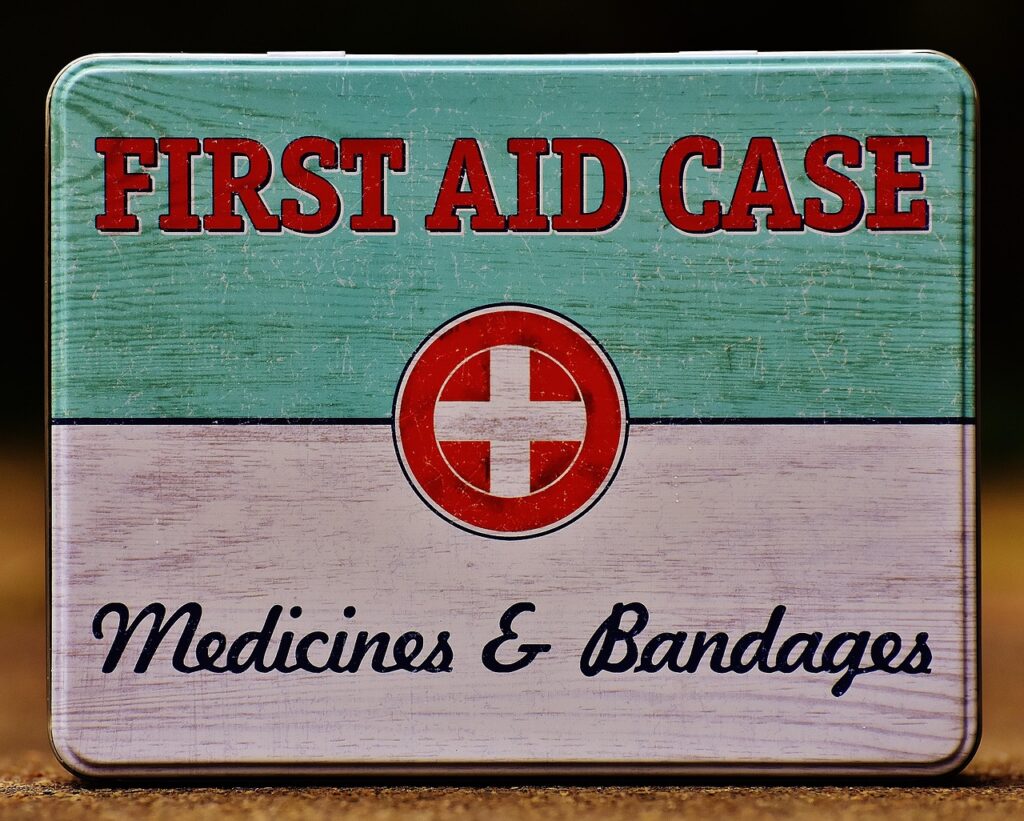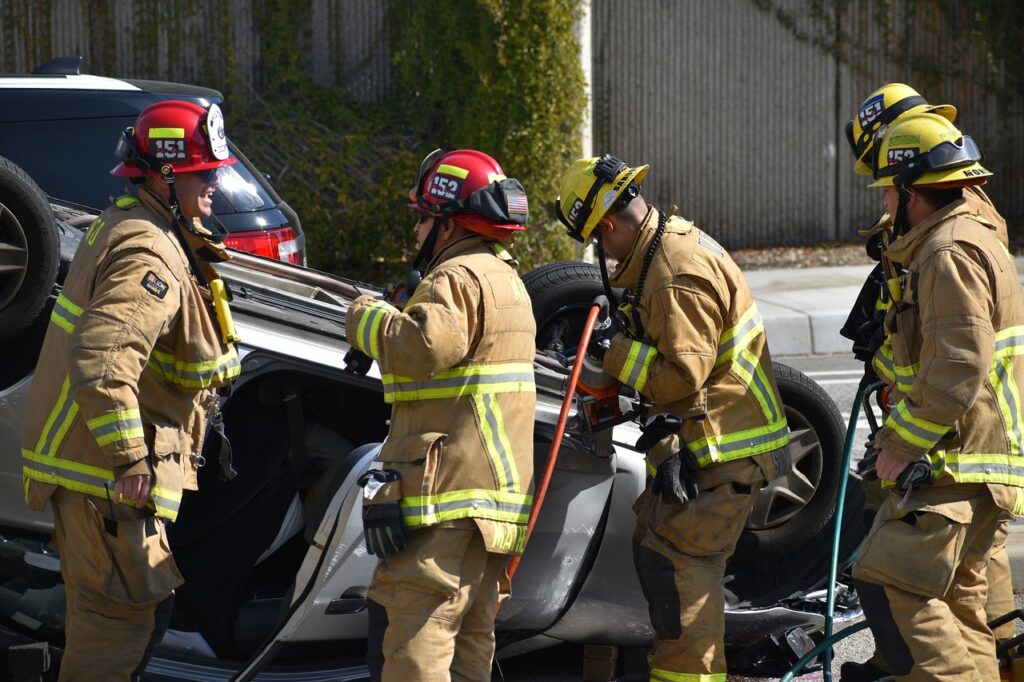When a disaster or crisis occurs, it can be difficult to know what to do first. Often, our tendency is to freeze up, at least for a moment or two, as our minds process what’s just happened. The Three Cs is sort of a mnemonic device to help you focus and get moving. It’s simply a way to prioritize your efforts when you’re faced with an emergency situation.
Check
Check for injuries and hazards. Inspect yourself from top to bottom and look for injuries. When adrenaline is stampeding through your body, it isn’t uncommon to be hurt and not realize it. Run your hands up and down each limb and your torso to check for pain, blood, or other anomalies.
Once you’ve catalogued any injuries and determined if you’re still mobile, check the surrounding area. Look for any hazards that could be a risk to you or others. For example, are there any downed power lines you need to navigate around? Do you smell gas? Is the area flooding?
This should be an ongoing process, not a one-and-done sort of thing. Keep your eyes, ears, and nose open for any new threats that may crop up.
Call
The second of the Three Cs is to call for help. Never assume that someone else has called or will call 9-1-1. Better that they receive multiple calls than none at all. Further to the point, if this is a mass casualty event, you’ll want to get on the list for responding agencies.

Tell the dispatcher where you are and what your situation is. Be as specific as you can when relaying information. “I need help. There is a small group of us trapped in the library’s basement. Water is streaming into the room, and we can’t get the door open. Two of the people here are unconscious.”
Answer the dispatcher’s questions to the best of your ability. The more information you’re able to provide, the better they’ll be able to help you. That said, the responding teams may not be able to get to you right away. There are several reasons why, including the severity of other injuries as well as the nature of the disaster itself. Do what you can to remain calm and help others do the same until help arrives.
Care

The last of the Three Cs is to care for the injured. As best as you can, render aid to anyone injured. This is one reason why it is so important to seek out first aid training. It helps you be an asset rather than a liability in an emergency. Contact local hospitals to see if they offer first aid classes. Some fire departments offer occasional training sessions as well. Be sure to get training in CPR and the use of AED gear as well.

As you go out to help, it’s important to protect yourself first. Put on gloves if they’re available. You do keep personal protective equipment (PPE) in your vehicle or in an EDC bag, right? As we noted earlier, continually check for danger as the situation develops.
Depending on the nature of the crisis and the number of people injured, you may have to triage them and prioritize who gets help first. First aid training will help you make those decisions, as you’ll have a better idea of what to do for various types of injuries.
Commit the Three Cs to memory and use them to help you focus when an emergency occurs. It’s applicable for everything from a mass shooting to a car accident.
Read the full article here













